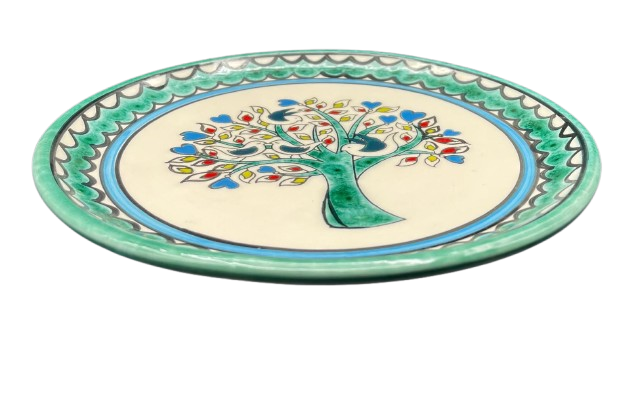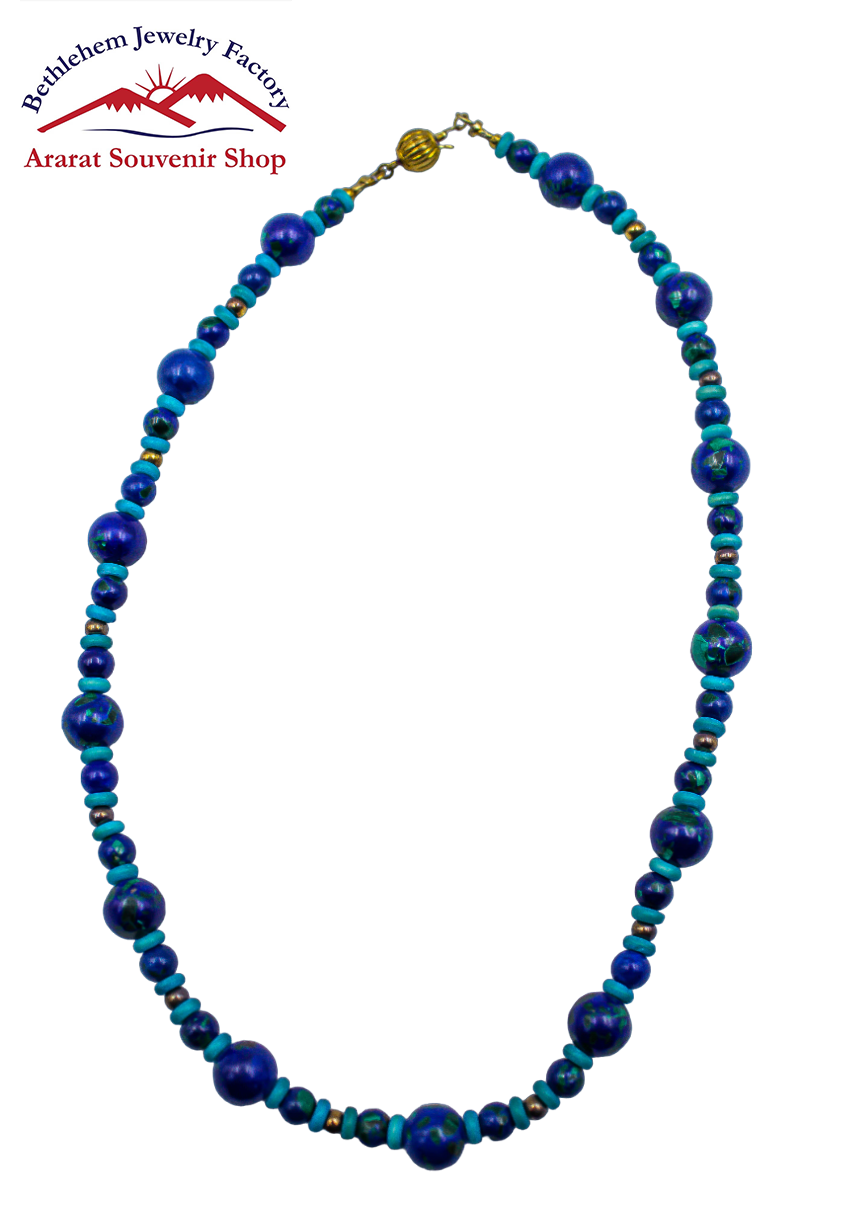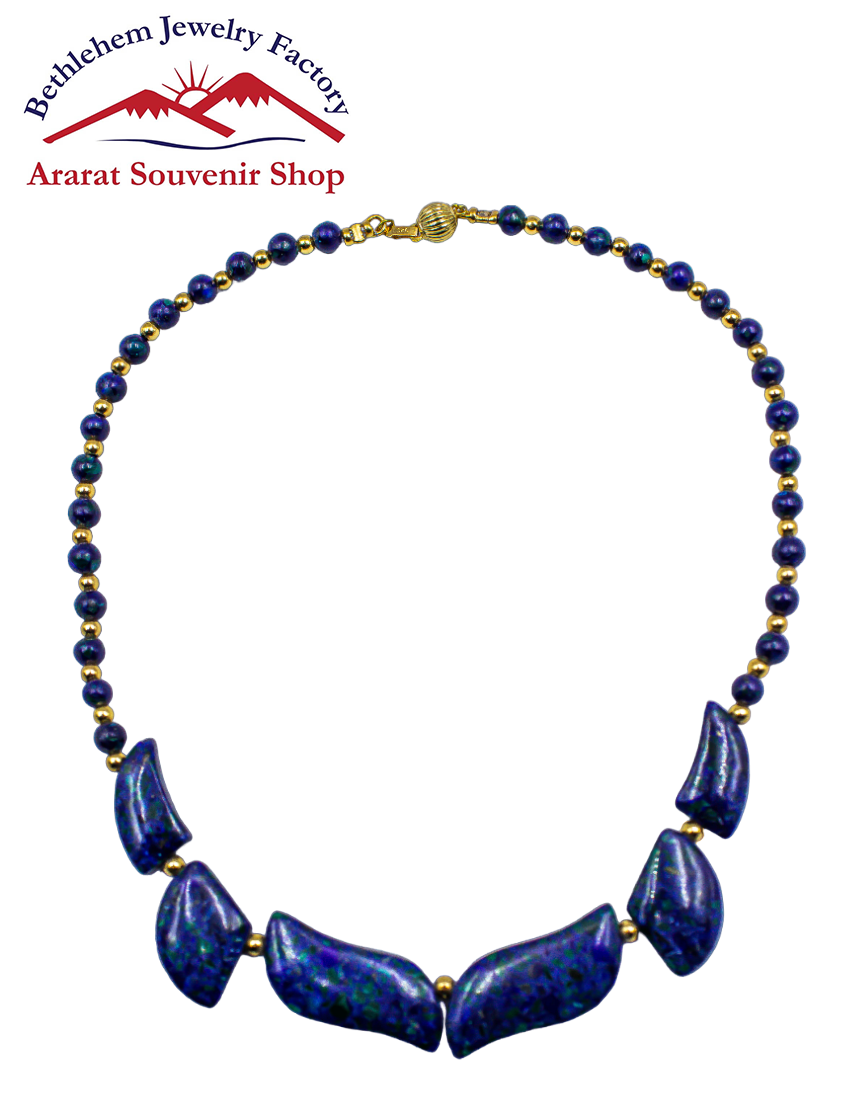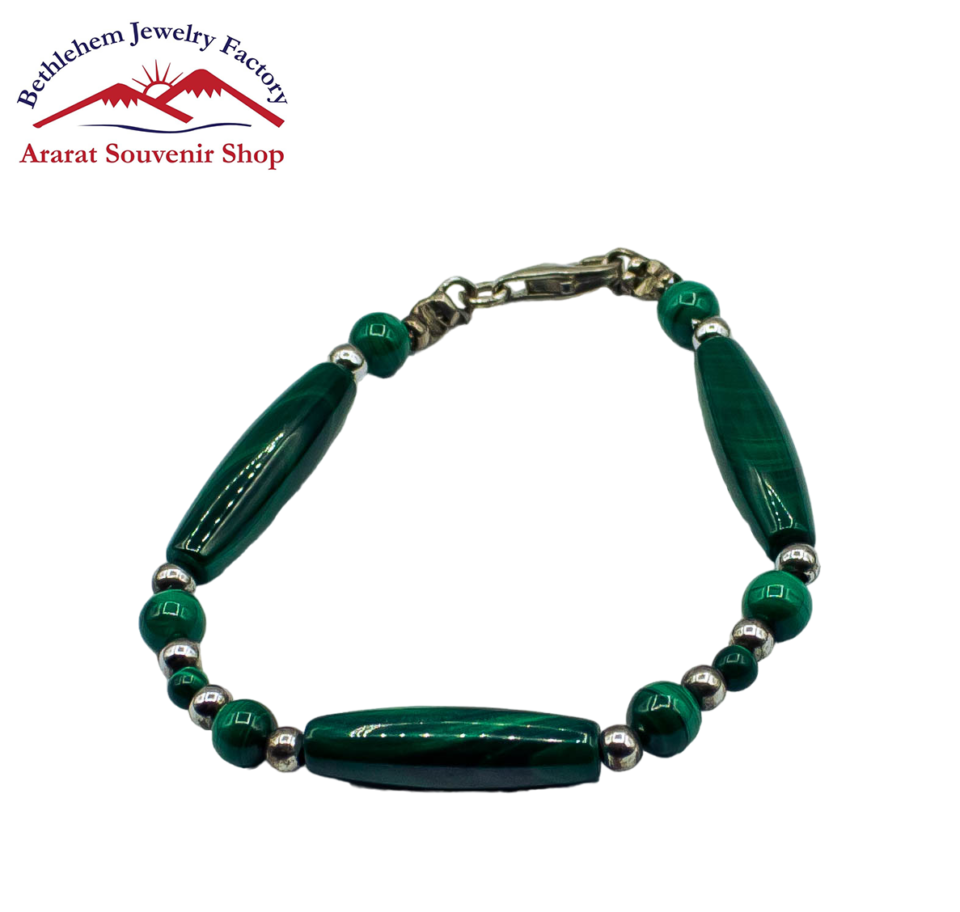plate
The Artistry of Ceramic Flowers: Crafting Nature’s Beauty
Ceramic flowers have captivated art enthusiasts and collectors for centuries, offering a way to capture the ephemeral beauty of nature and preserve it in a permanent medium. The artistry involved in creating ceramic flowers is as intricate as it is diverse, ranging from traditional techniques to contemporary innovations. Artisans use a variety of methods to shape and glaze their creations, each contributing to the unique character of the final piece.
The process typically begins with clay, which can be molded into various forms. Artists often select the type of clay that suits their intended aesthetic, whether it be earthenware, stoneware, or porcelain. Earthenware, known for its porous nature and vibrant coloration, is often chosen for pieces that require vivid glazes. Stoneware, with its durability and substantial weight, lends itself well to larger installations and functional art, while porcelain’s delicate, fine surface is favored for intricate, detailed designs. Each clay type reacts differently to firing, influencing the texture and finish of the flower.
Once the chosen clay is prepared, artisans can begin sculpting the individual petals and leaves. Techniques vary widely; some artists opt for hand-building methods, like coiling or slab construction, while others prefer wheel-throwing. Hand-building allows for organic shapes and more intricate detailing, enabling artists to create flowers that mimic their real counterparts with remarkable fidelity. Alternatively, wheel-thrown pieces may yield symmetrical forms that emphasize elegance and grace.
After shaping, the flowers undergo a drying process before they enter the kiln for their first firing, known as bisque firing. This stage solidifies the clay and enhances its strength, preparing it for glazing. Glazing is a crucial aspect of the ceramic process, as it not only enhances the visual appeal of the flowers but also makes them functional and durable. Artists can choose from a myriad of glazes—matte, glossy, transparent, and opaque—each creating different effects. For example, a glossy glaze may create a vibrant, shiny finish that mimics the dew on petals, while a matte glaze offers a softer, muted appearance.
In contemporary ceramics, artists often explore abstract interpretations of floral forms, using bold colors, geometric shapes, and mixed media to express their views on nature and beauty. These pieces may feature unusual textures, unexpected materials, or immersive installations that challenge traditional perceptions of flowers and the natural world. This evolution signifies a shift toward a more conceptual approach in ceramic artistry, blurring the lines between craft and fine art.
Ceramic flowers also hold a special place in cultural and historical contexts. Traditional practices in many cultures emphasize the significance of flowers as symbols of beauty, love, and transience. In Asian cultures, for instance, cherry blossoms are revered and often replicated in ceramic art, reflecting themes of impermanence and renewal. Similarly, in European pottery, floral motifs have adorned centuries-old vases, tiles, and dishware, each carrying its own story.
Furthermore, ceramic flowers serve practical purposes, often finding their way into functional decor. Handcrafted ceramic flower arrangements can brighten homes and gardens, offering an everlasting beauty that cuts through seasonal changes. Many artisans create ceramic bouquets, providing individuals with the ability to enjoy the elegance of flowers without the maintenance that live blooms require. These arrangements also make for thoughtful gifts that celebrate special occasions, merging artistry with sentiment.
Overall, the world of ceramic flowers is rich with creativity and craftsmanship. From traditional techniques steeped in history to modern artistic expression, the versatility of ceramics allows artists to explore and reinterpret the beauty of floral forms. Each ceramic flower, whether realistic or abstract, tells a tale of human ingenuity and an enduring appreciation for the natural world.
### The Significance of Ceramic Flowers in Contemporary Design
Ceramic flowers have transcended their artistic origins to become an essential element in contemporary design and decor. As homeowners and designers increasingly seek unique and sustainable decor options, ceramic flowers offer a stylish and enduring alternative to traditional floral arrangements. The integration of these handcrafted pieces into interior design not only adds aesthetic appeal but also aligns with a growing appreciation for artisanal craftsmanship and nature-inspired elements.
One of the most appealing aspects of ceramic flowers is their permanence. Unlike fresh flowers that wilt and fade, ceramic blooms provide a lasting beauty that can withstand the test of time. This quality makes them ideal for various settings, whether in residential spaces, galleries, or public installations. Designers cleverly incorporate ceramic flowers into their projects as focal points, accent pieces, or even installations that engage the viewer. A large ceramic wall sculpture, for example, can become a stunning statement piece that transforms an ordinary space into a vibrant and inviting environment.
Moreover, ceramic flowers can bridge traditional and modern design aesthetics. Many contemporary artists draw inspiration from vintage ceramics and traditional floral motifs while infusing their work with modern techniques and styles. This fusion results in pieces that resonate with a broad audience, appealing to both nostalgic sentiments and contemporary tastes. Homeowners can find ceramic flowers in various styles, ranging from minimalist to whimsical, allowing them to express their individuality and enhance their living spaces.
Sustainability is another important factor driving the popularity of ceramic flowers. As consumers become more eco-conscious, they seek out materials and products that reflect their values. Ceramic flowers are often made from natural clay and can be produced using environmentally friendly practices. Unlike artificial flowers made from plastic or synthetic materials, ceramic blooms contribute to a more sustainable home decor solution. Their durability further eliminates the need for regular replacements, fostering an eco-friendly lifestyle.
Beyond the aesthetic and sustainable aspects, ceramic flowers also hold emotional significance. They can evoke feelings, memories, and connections to nature, fostering a sense of tranquility within a space. Their presence can transform any room into a serene oasis, encouraging relaxation and mindfulness. Whether displayed on countertops, shelves, or as part of a centerpiece, these handcrafted pieces have the power to resonate with individuals on a deeper level, creating a connection to the beauty and fragility of life.
In commercial settings, ceramic flowers are increasingly embraced for their branding and design value. Many businesses incorporate them into their decor to create inviting and memorable environments. Restaurants, cafes, and boutiques may utilize ceramic flower arrangements to enhance their aesthetic appeal and cultivate a unique ambiance that encourages customers to linger and enjoy their experiences. The tactile quality and artistry of ceramic flowers can leave a lasting impression, setting businesses apart in a competitive market.
As the trend of incorporating ceramic flowers into home decor continues to grow, many artists and designers are also exploring new applications for these creations. From functional wares like plates and bowls adorned with floral patterns to ceramic lighting fixtures that cast uniquely patterned shadows, the possibilities are virtually limitless. The realm of ceramic artistry is ever-expanding, with artists pushing boundaries and reinventing traditional concepts to adapt to contemporary needs and tastes.
In summary, ceramic flowers hold a significant place in contemporary design, offering both beauty and substance. Their unique blend of artistry, sustainability, and emotional resonance makes them highly sought after in home decor and commercial spaces alike. As the appreciation for artisanal craftsmanship continues to flourish, ceramic flowers are poised to remain an integral part of the design landscape, enchanting and inspiring those who encounter them, while also reminding us of the beauty and fragility of nature.





Reviews
There are no reviews yet.